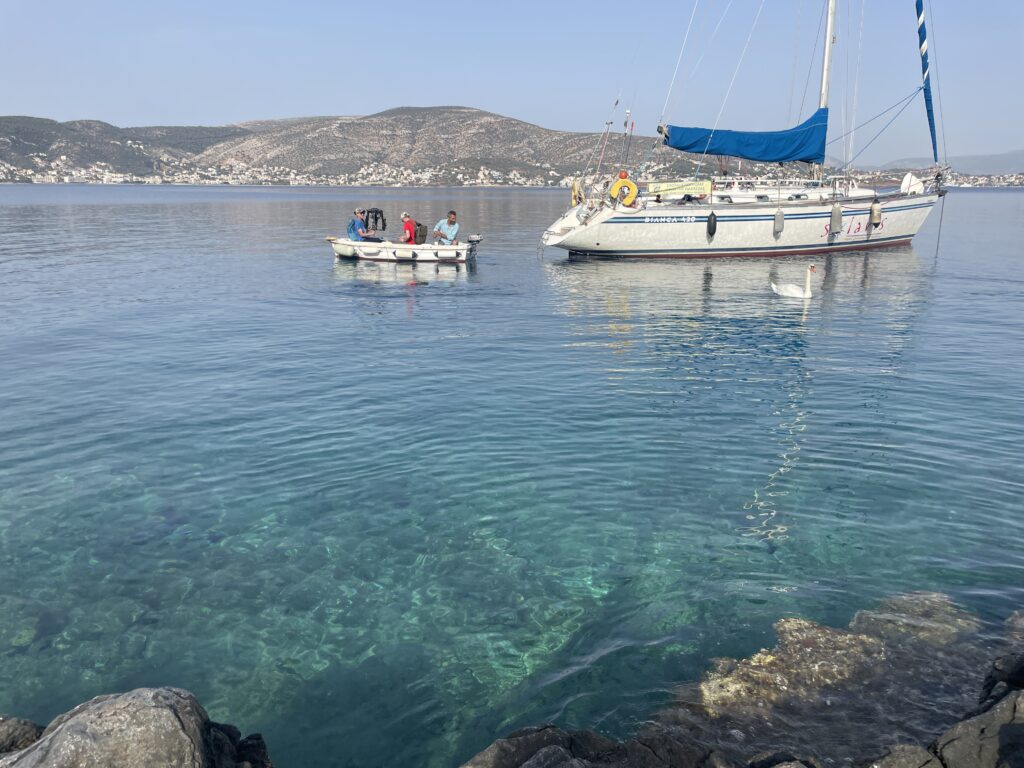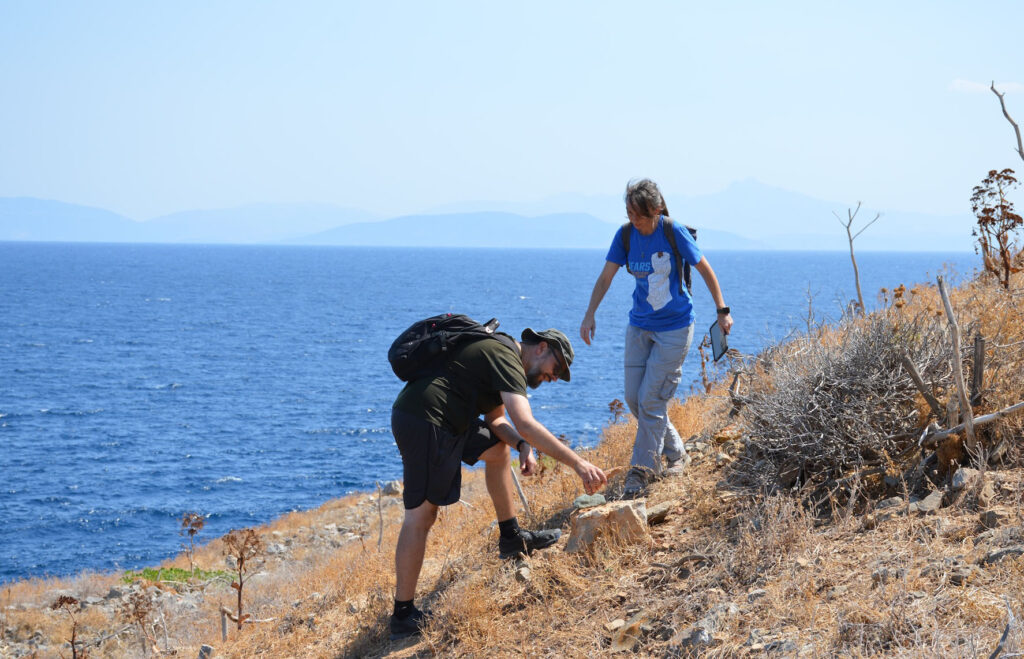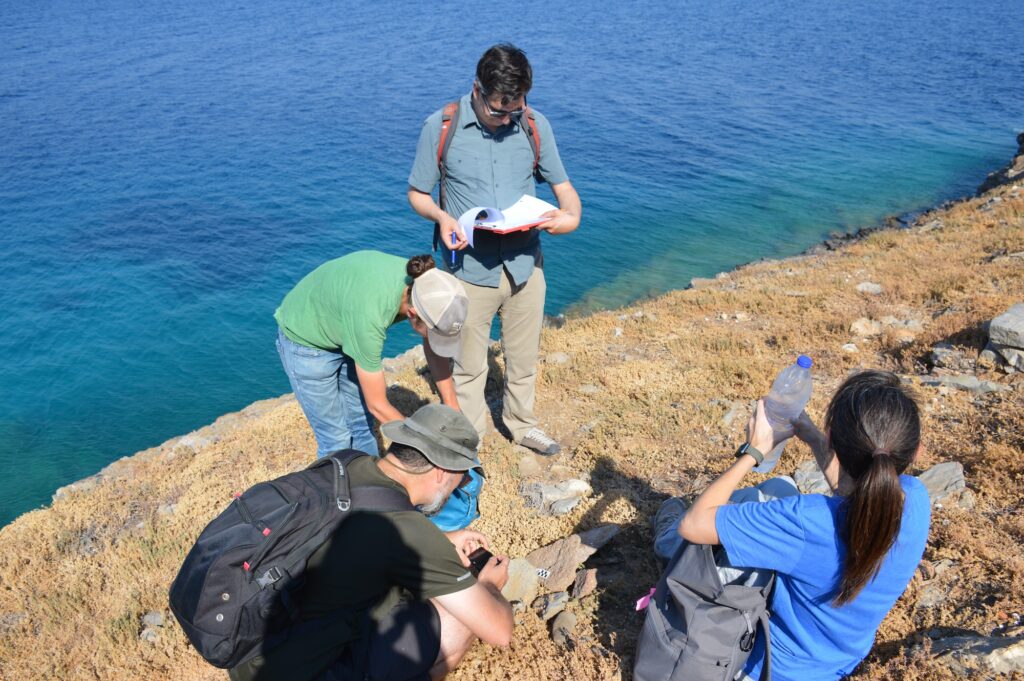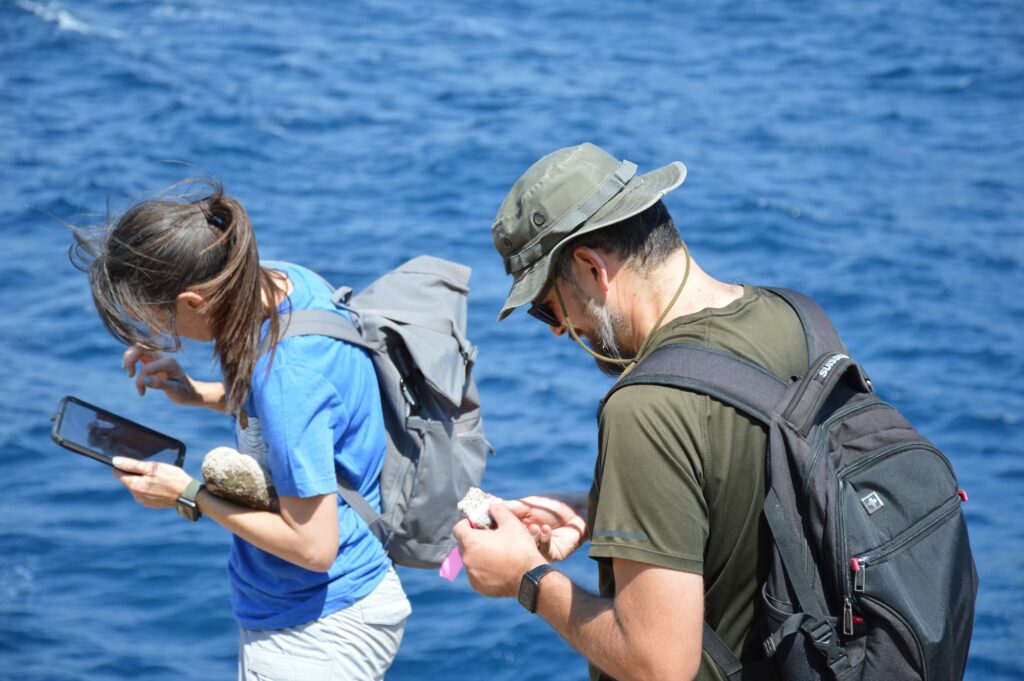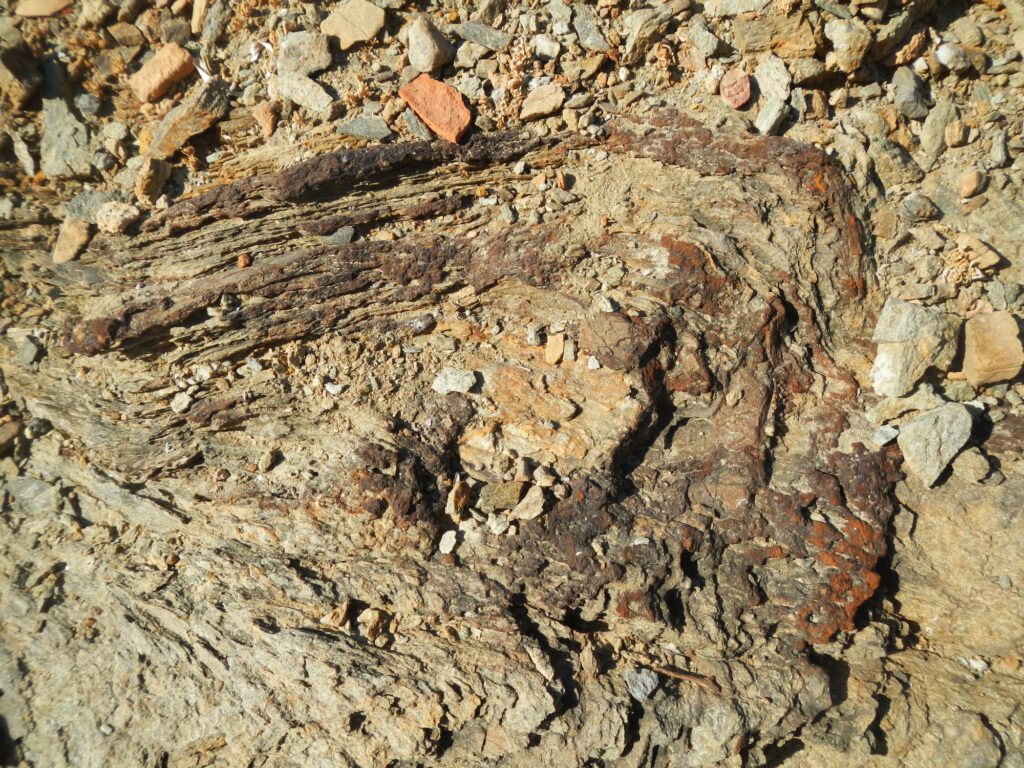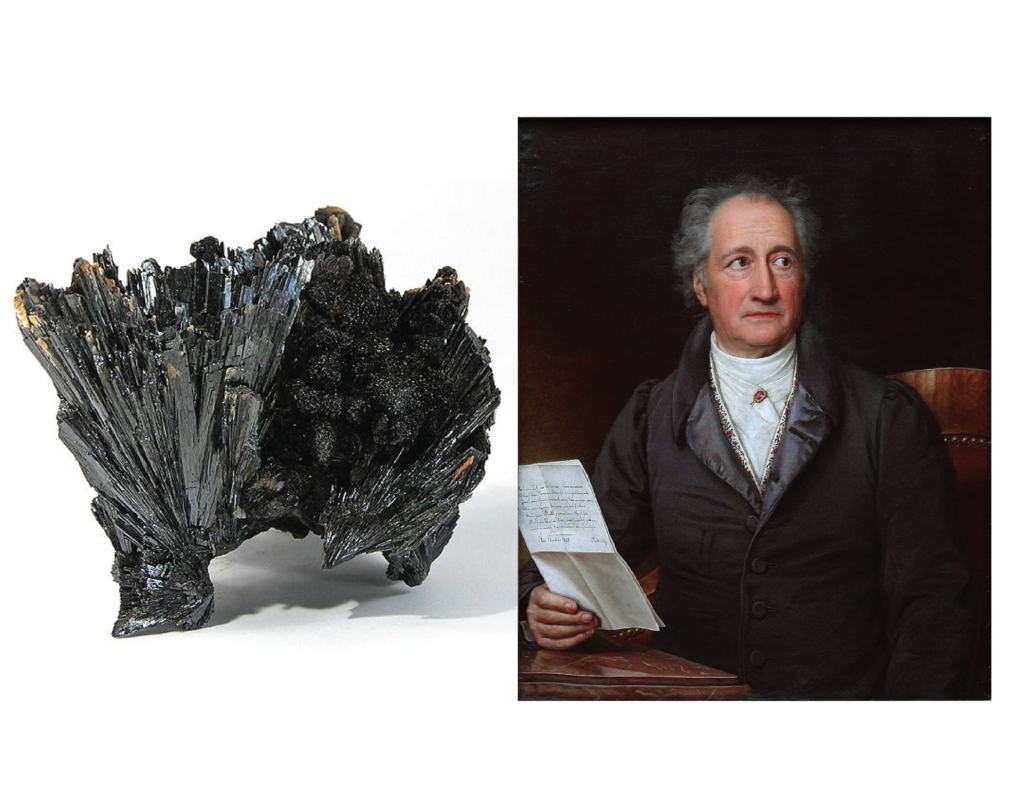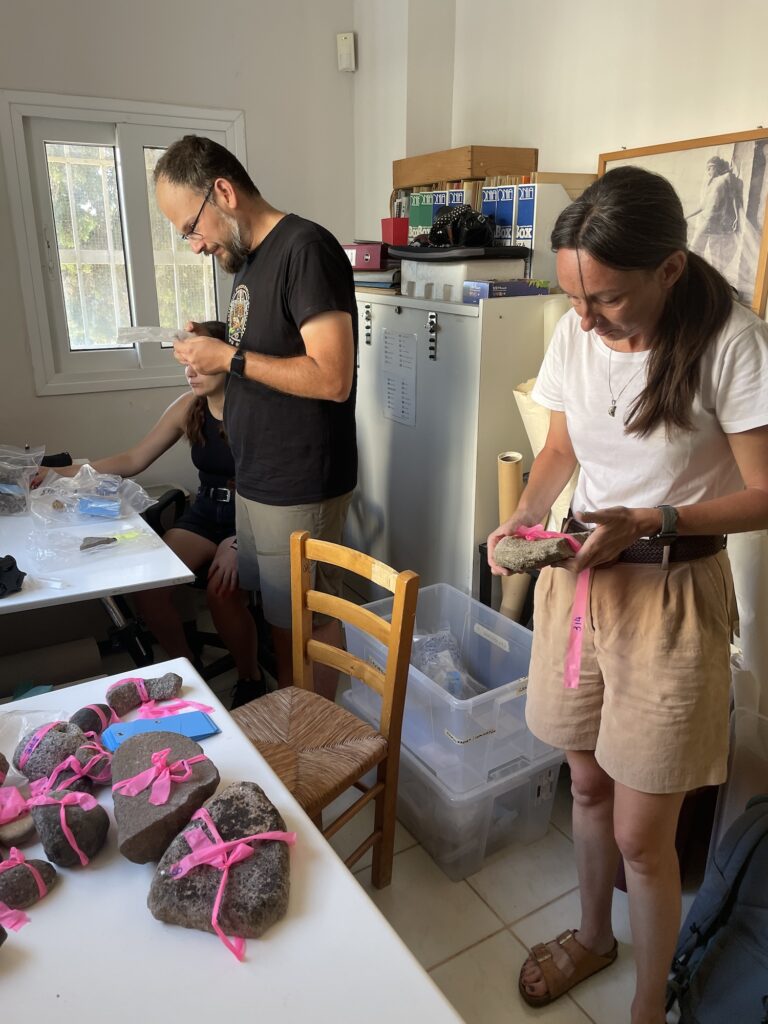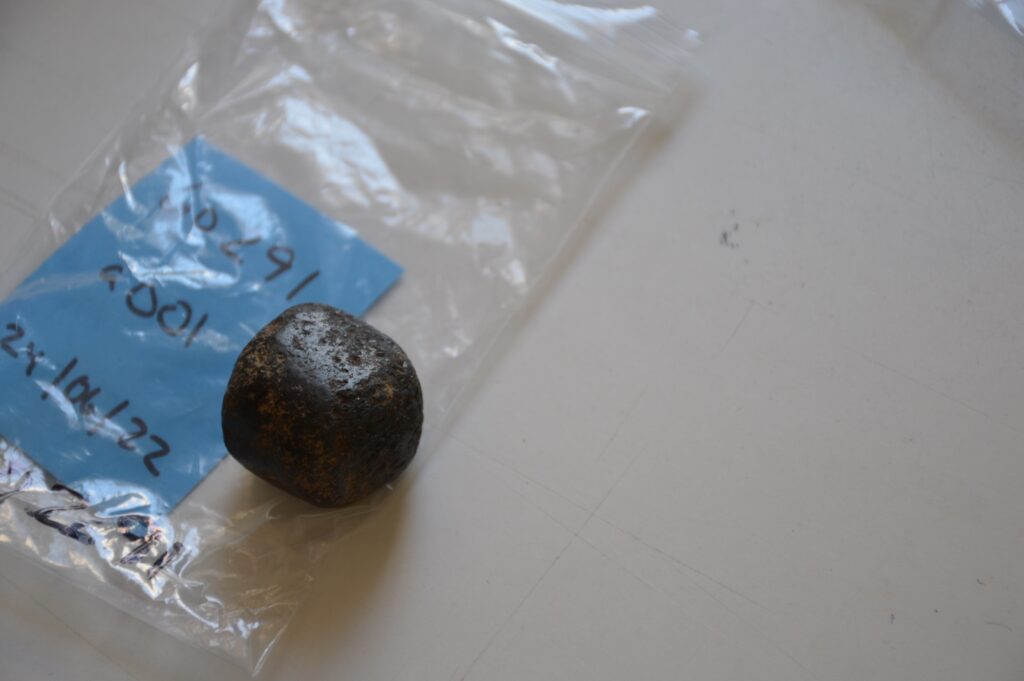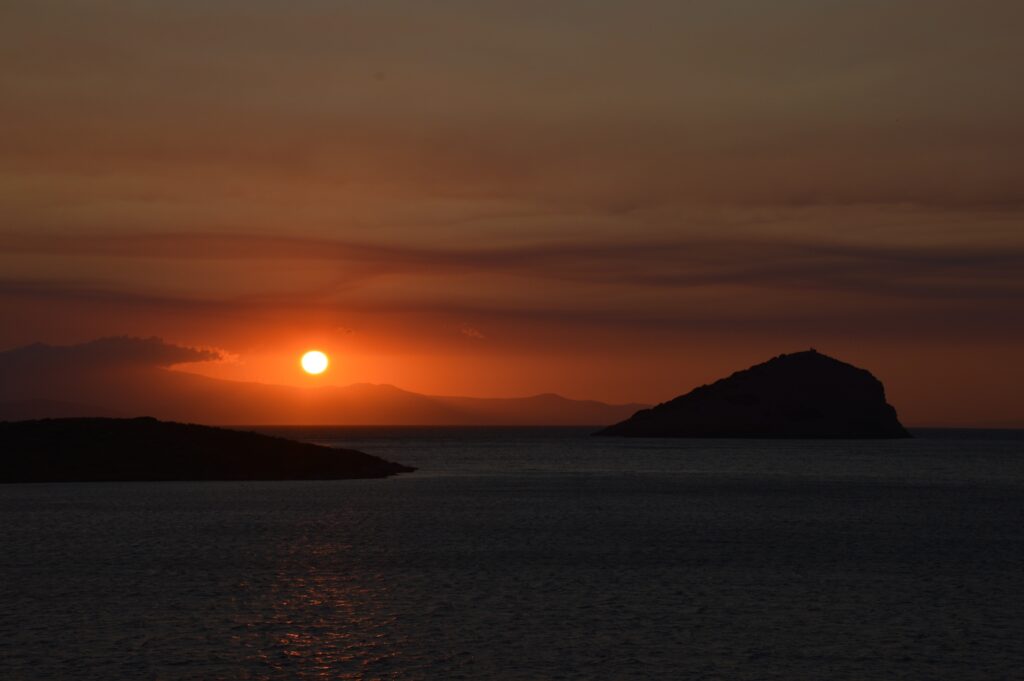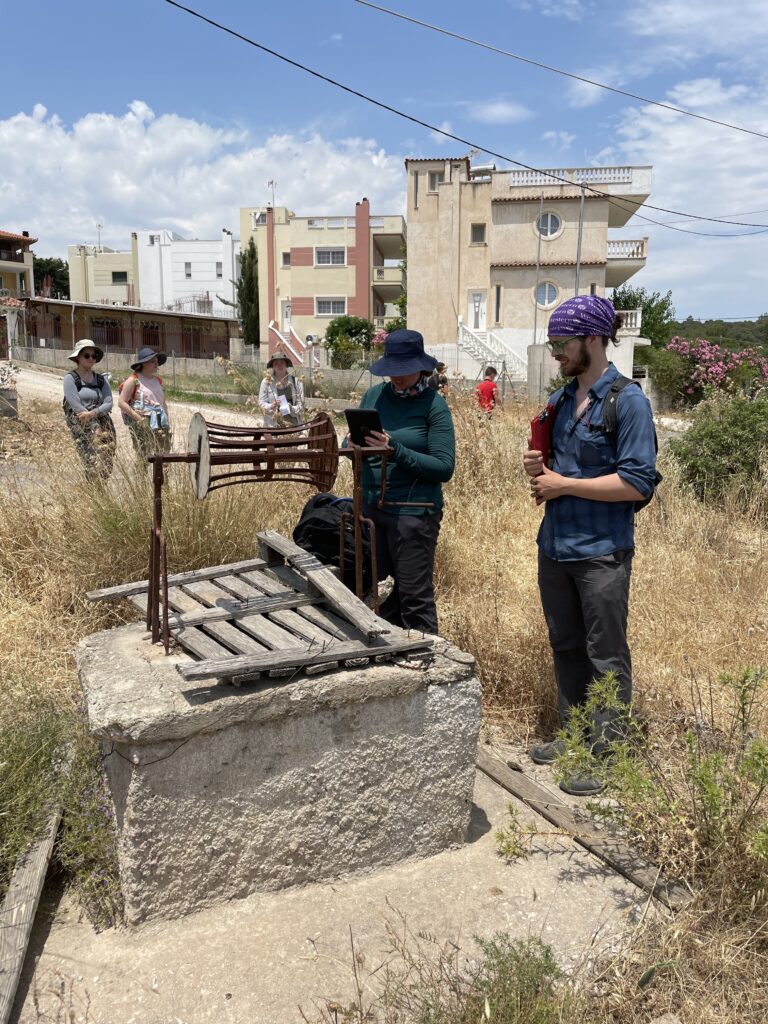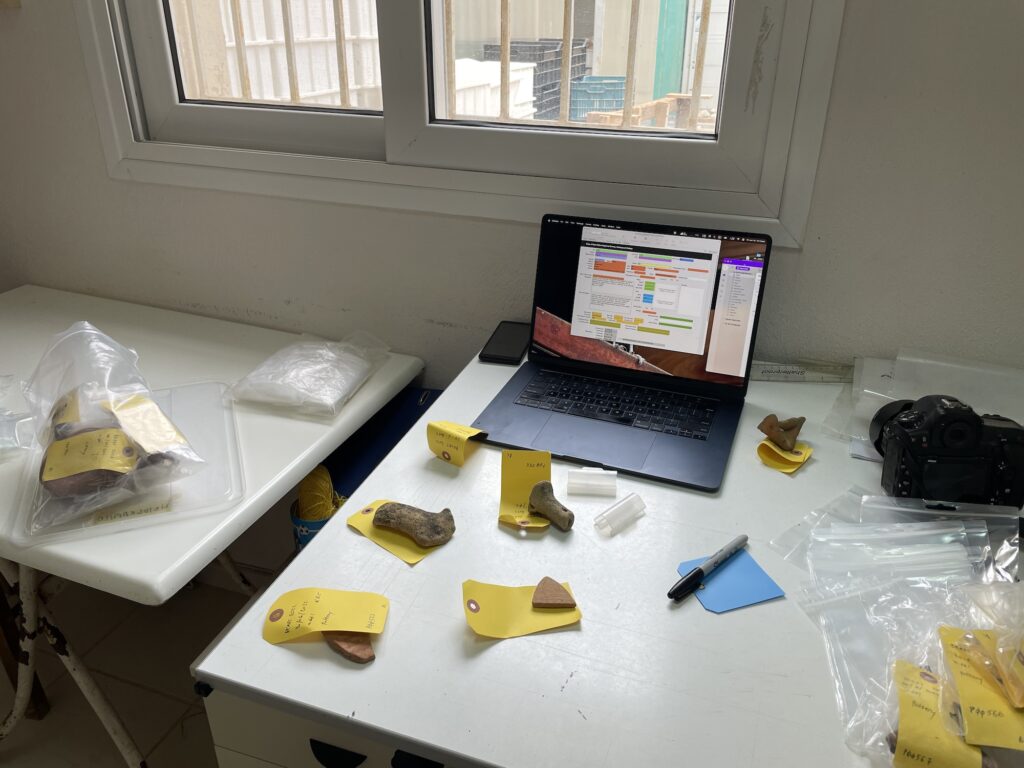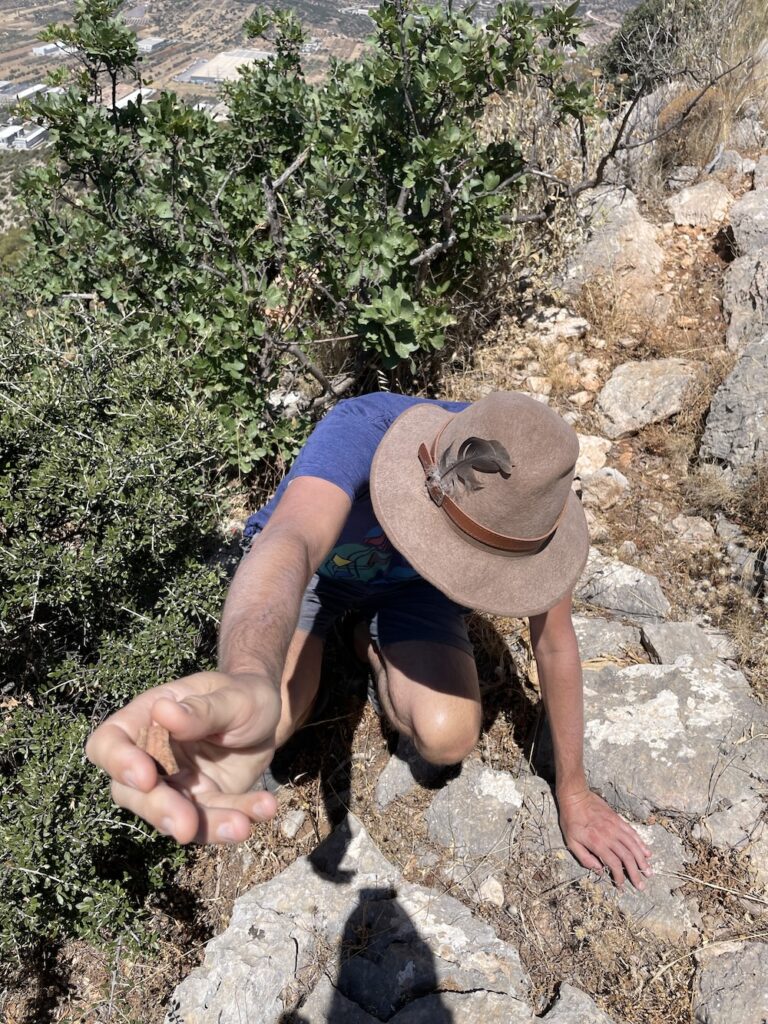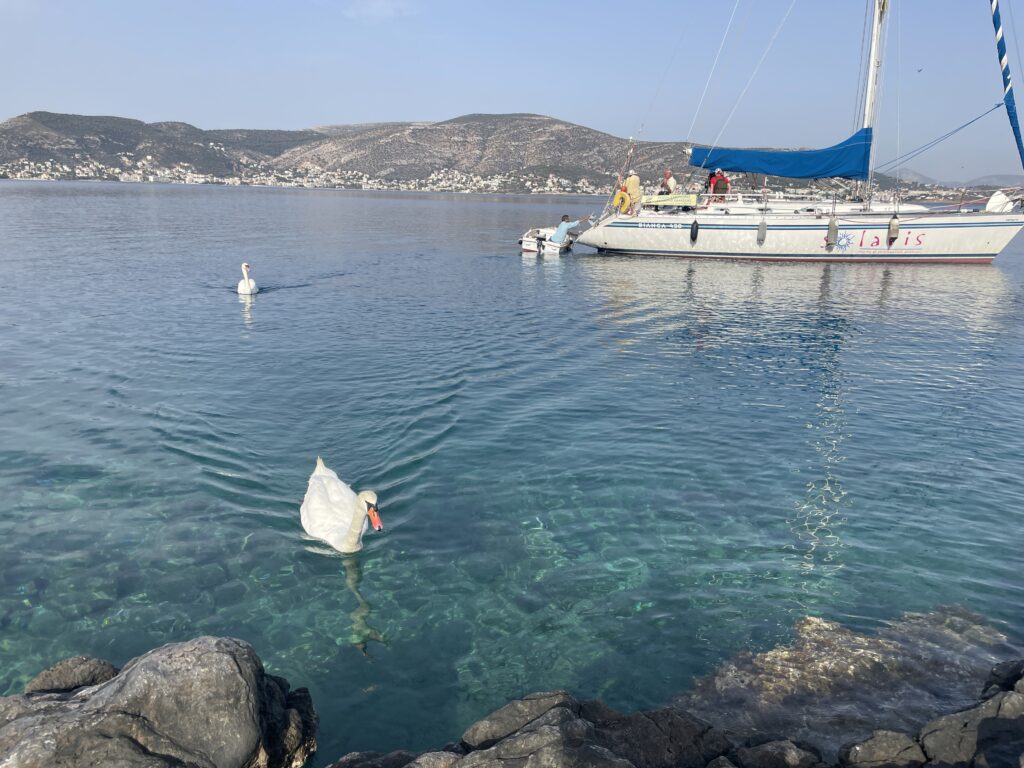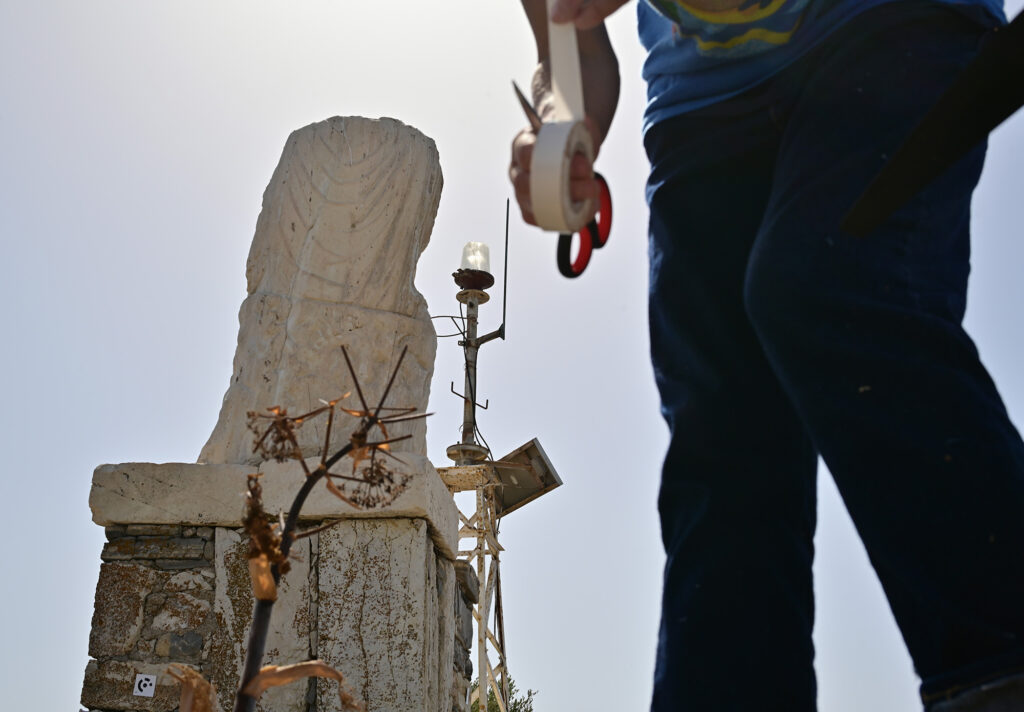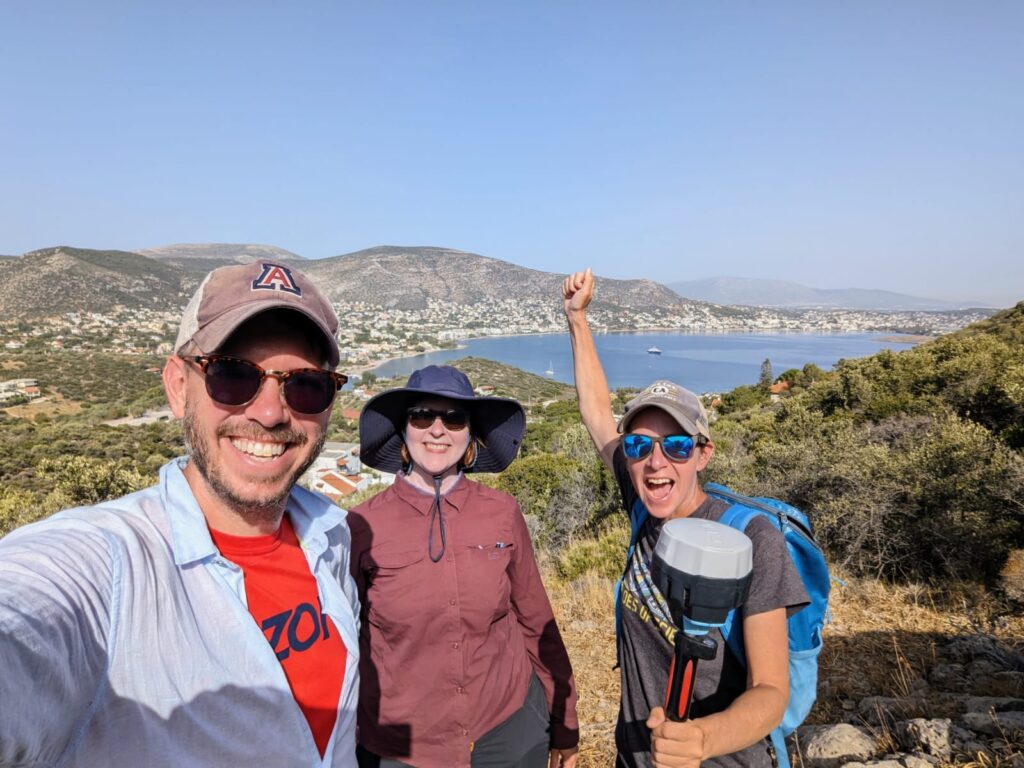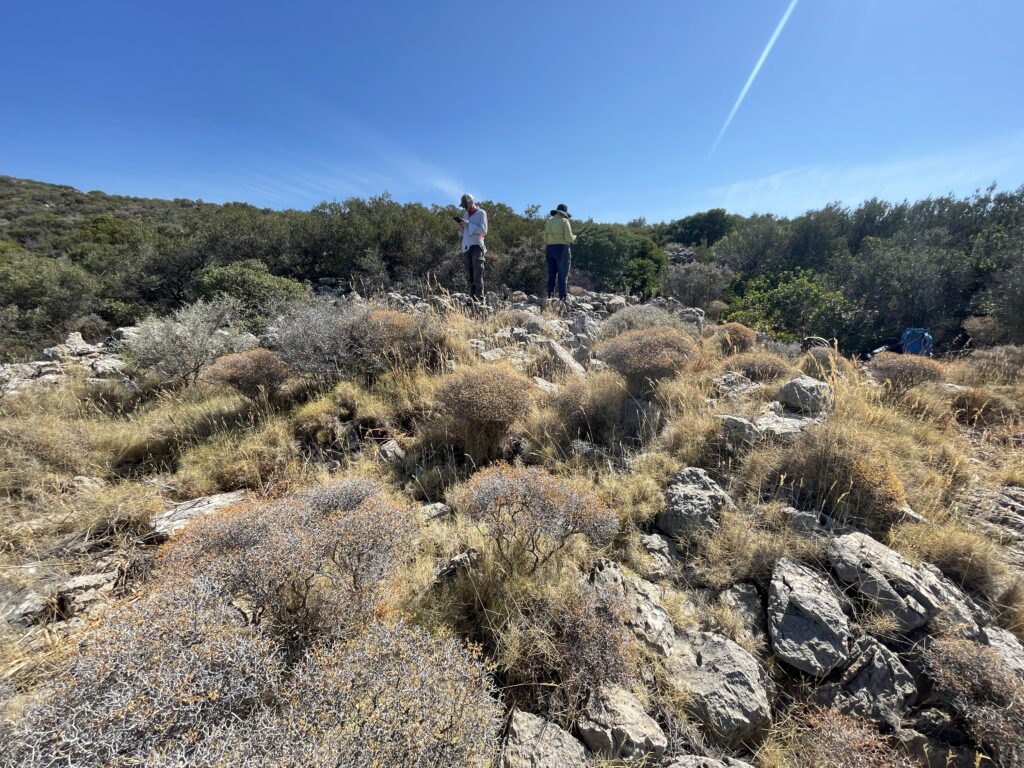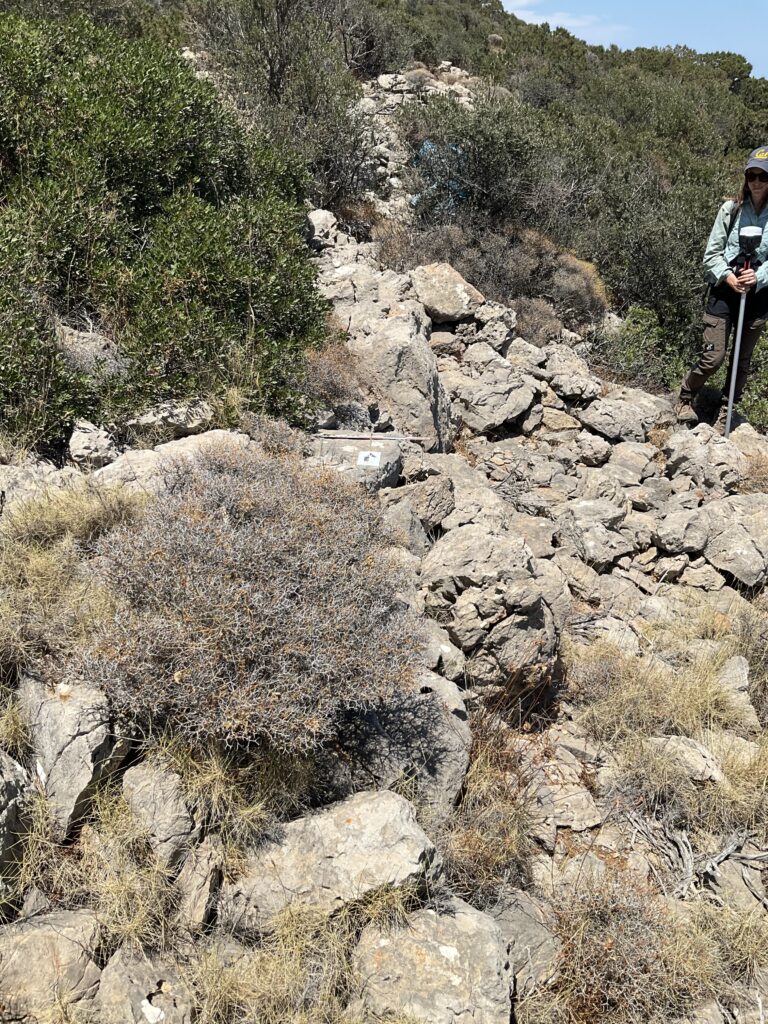as its final act for the 2024 season, I joined BEARS super-veteran Maeve McHugh and two new collaborators, Henry Chapman (also from Birmingham) and Michelle Farrell of Coventry University for a week of geological coring in the few scraps of undeveloped wetland-ish land the beach resorters have left untouched around Porto Rafti. The purpose of the coring was to see whether any of the sediment sequences in these waterlogged soils might contain pollen, which could provide some insight into the environmental history of the area.
We targeted three areas with potential to produce good sequences: the black mud swamp on the bay-ward side of the Koroni beach parking lot, some empty/reedy fields behind the long gravelly Avlaki beach, and a small field near the limani by the Maras marine boat parking lot.

I was a bit worried that the cores would just be plastic bags, rocks, and cigarette butts all the way down, given the typical modern contents of the topsoil around the bay. But my pessimism was, for once, totally misplaced. All three of the targeted sites produced very nice sequences, including all the way down to the terra rossa paleosol in one spot. We will have to see what comes back from the lab, but we’re hopeful that at least one of the cores provides at least some new enviro data about the survey region.

In the meantime, something exciting emerged from our “macro” examination of what came out of the ground during the coring process: a gigantic and totally pure beautiful clay bed about 20 cm below the surface. Located just by the shore of the bay, this seems like a good candidate for the clay source used for the ceramic manufacturing operation that we found evidence for on Praso islet during the 2021 survey. In addition to the soil samples, we took a chunk of this clay for analysis alongside our ceramic wasters. If it’s a match, we’ll be one step closer to solving one of the big mysteries that emerged from the survey data.
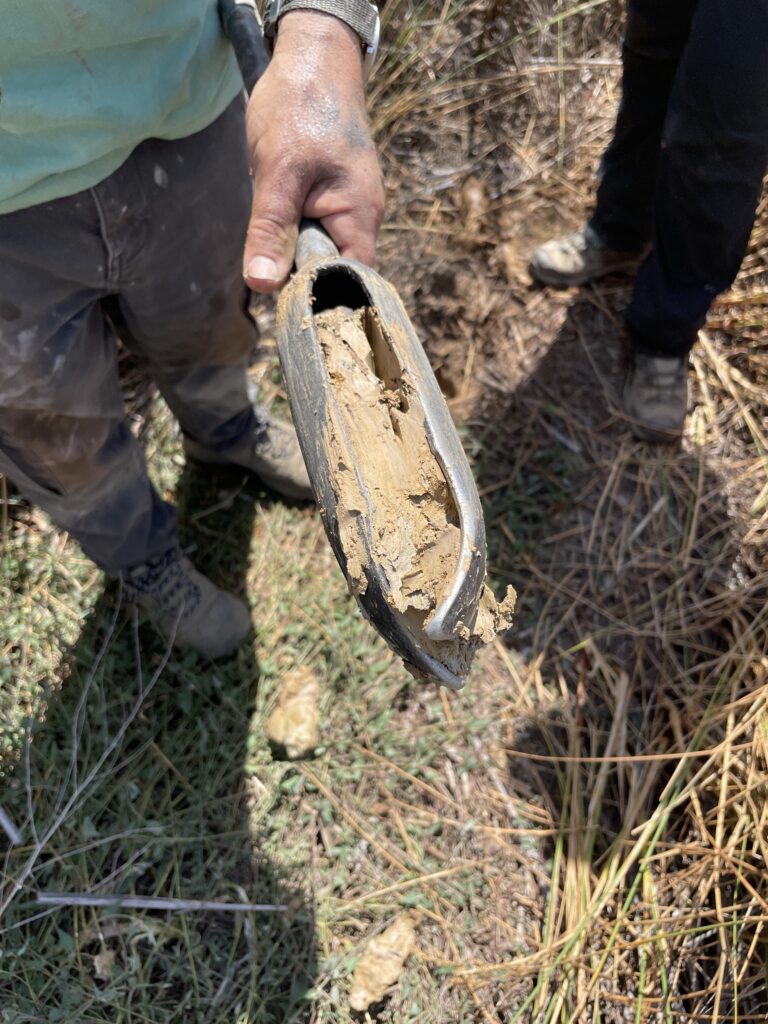
Maeve, Henry, and Michelle make an amazing team and the work went surprisingly smoothly, thanks in part to the extremely helpful and efficient facilitation by the folks at EAGME who provided the necessary permit and oversaw the export of the samples. It was very edifying to learn so much about the coring process and soil types / sequences from Michelle and Henry, who have a huge amount of experience working in a wide variety of conditions throughout the UK and Europe.
Now, just in time for spooky season, we’ve reached the most frightening and dangerous stage of the process – working with the U of T administrative staff to figure out how to move grant money from the granting account to Michelle’s lab in Coventry.



